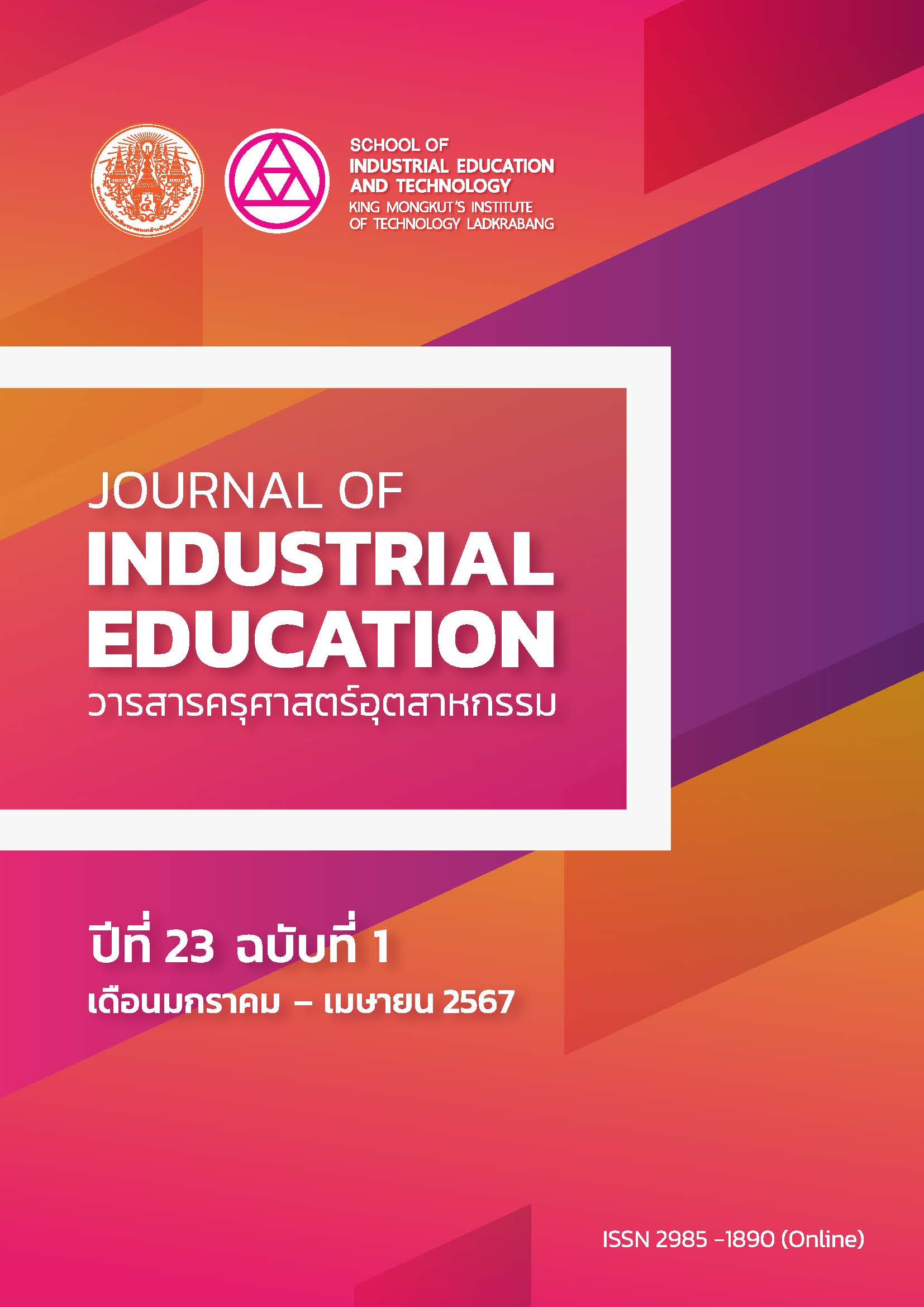EQUATORIAL PLASMA BUBBLE (EPB): FEATURES, INDICATORS AND DETECTION METHODS FOR EPB, AND RECENT RESEARCH RESULTS
DOI:
https://doi.org/10.55003/JIE.23101Keywords:
Equatorial plasma bubble, Rate of TEC change, Amplitude scintillation, Machine learningAbstract
This review article is a collection of research works, academic articles, and numerous academic knowledge related to equatorial plasma bubble (EPB). As per the beginning of this writing, the author was inspired by the truth that Thailand's location is close to the geomagnetic Equator with the low plasma density. Hence, Thailand has very high susceptible to occur the ionospheric anomaly during the post-sunset (e.g., EPB) and equatorial ionization anomaly (EIA). These anomalous phenomena affect directly on high-frequency communications and global navigation satellite system (GNSS). Therefore, the EPB details (e.g., EPB features, some indicators and detection methods for EPBs, recent research results, as well as conclusion and future developing trend) are the crucial content for space weather research that can support students and researchers to study and enhance in several GNSS-based applications.
References
Bumrungkit, A., Supnithi, P., Saito, S., & Myint, L. M. M. (2022). A study of equatorial plasma bubble structure using VHF radar and GNSS scintillations over the low-latitude regions. GPS Solution, 26(148), 1-15.
Dwivedi, R. (2020). 5 Common architectures in Convolution Neural Networks (CNN). Retrieved from https://www.analyticssteps.com/blogs/common-architectures-convolution-neural- networks
Fukao, S., Hashiguchi, H., Yamamoto, M., Tsuda, T., Nakamura, T., Yamamoto, M. K., Sato, T., Hagio, M., & Yabugaki, Y. (2003). Equatorial Atmosphere Radar (EAR): System description and first results. Radio Science, 38(3), 1-17.
Lecun, Y., Matan, O., Boser, B., Denker, J. S., Henderson, D., Howard, R. E., Hubbard, W., Jacket, L.D., & Baird, H. S. (1990, June). Handwritten zip code recognition with multilayer networks. In Proceedings. 10th International Conference on Pattern Recognition (Vol. 2, pp. 35-40). IEEE.
Lecun, Y., Bottou, L., Bengio, Y., & Haffner, P. (1998). Gradient-based learning applied to document recognition. In Proceedings of the IEEE (pp. 2278-2324). IEEE.
Li, G., Ning, B., Abdu, M. A., Otsuka, Y., Yokoyama, T., Yamamoto, M., & Liu, L. (2013). Longitudinal characteristics of spread F backscatter plumes observed with the EAR and Sanya VHF radar in Southeast Asia. Journal of Geophysical Research: Space Physics, 118(10), 6544-6557.
Li, G., Ning, B., Otsuka, Y., Abdu, M. A., Abadi, P., Liu, Z., Spogli, L., & Wan, W. (2021). Challenges to equatorial plasma bubble and ionospheric scintillation short-term forecasting and future aspects in east and southeast Asia. Surveys in Geophysics, 42, 201-238.
Liu, K., Li, G., & Ning, B. (2019). Possible evidence for small-scale wave seeding of equatorial plasma bubbles. Advances in Space Research, 63(11), 3612-3620.
Otsuka, Y., Shiokawa, K., Ogawa, T., & Wilkinson, P. (2002). Geomagnetic conjugate observations of equatorial airglow depletions. Geophysical Research Letters, 29(15), 1-4.
Pi, X., Mannucci, A. J., Lindqwister, U. J., & Ho, C. M. (1997). Monitoring of global ionospheric irregularities using the worldwide GPS network. Geophysical Research Letters, 24(18), 2283-2286.
Smith, J., & Heelis, R. A. (2017). Equatorial plasma bubbles: Variations of occurrence and spatial scale in Local time, longitude, season, and solar activity. Journal of Geophysical Research: Space Physics, 122(5), 5743-5755.
Thanakulketsarat, T., Supnithi, P., Myint, L. M. M., Hozumi, K., & Nishioka, M. (2023). Classification of the equatorial plasma bubbles using convolutional neural network and support vector machine techniques. Earth, Planets and Space, 75(161), 1-15.
Timoçin, E., Inyurt, S., Temuçin, H., Ansari, K., Jamjareegulgarn, P. (2020). Investigation of equatorial plasma bubble irregularities under different geomagnetic conditions during the equinoxes and the occurrence of plasma bubble suppression. Acta Astronautica, 177, 341-350.
Tsunoda, R. T. (1981). Time evolution and dynamics of equatorial backscatter plumes 1. Growth phase. Journal of Geophysical Research: Space Physics, 86(A1), 139-149.
Vankadara, R. K., Jamjareegulgarn, P., Seemala, G. K., Siddiqui, M. I. H., & Panda, S. K. (2023). Trailing Equatorial Plasma Bubble Occurrences at a Low-Latitude Location through Multi-GNSS Slant TEC Depletions during the Strong Geomagnetic Storms in the Ascending Phase of the 25th Solar Cycle. Remote Sensing, 15(20), 1-25.
Vapnik, V. N., & Lerner, A. (1963). Pattern recognition using generalized portrait method. Automation and Remote Control, 24(6), 774-780.
Downloads
Published
How to Cite
Issue
Section
License
Copyright (c) 2024 Journal of Industrial Education

This work is licensed under a Creative Commons Attribution-NonCommercial-NoDerivatives 4.0 International License.
"The opinions and contents including the words in papers are responsibility by the authors."
"ข้อคิดเห็น เนื้อหา รวมทั้งการใช้ภาษาในบทความถือเป็นความรับผิดชอบของผู้เขียน"



